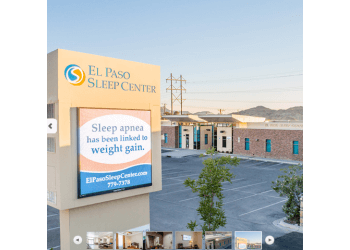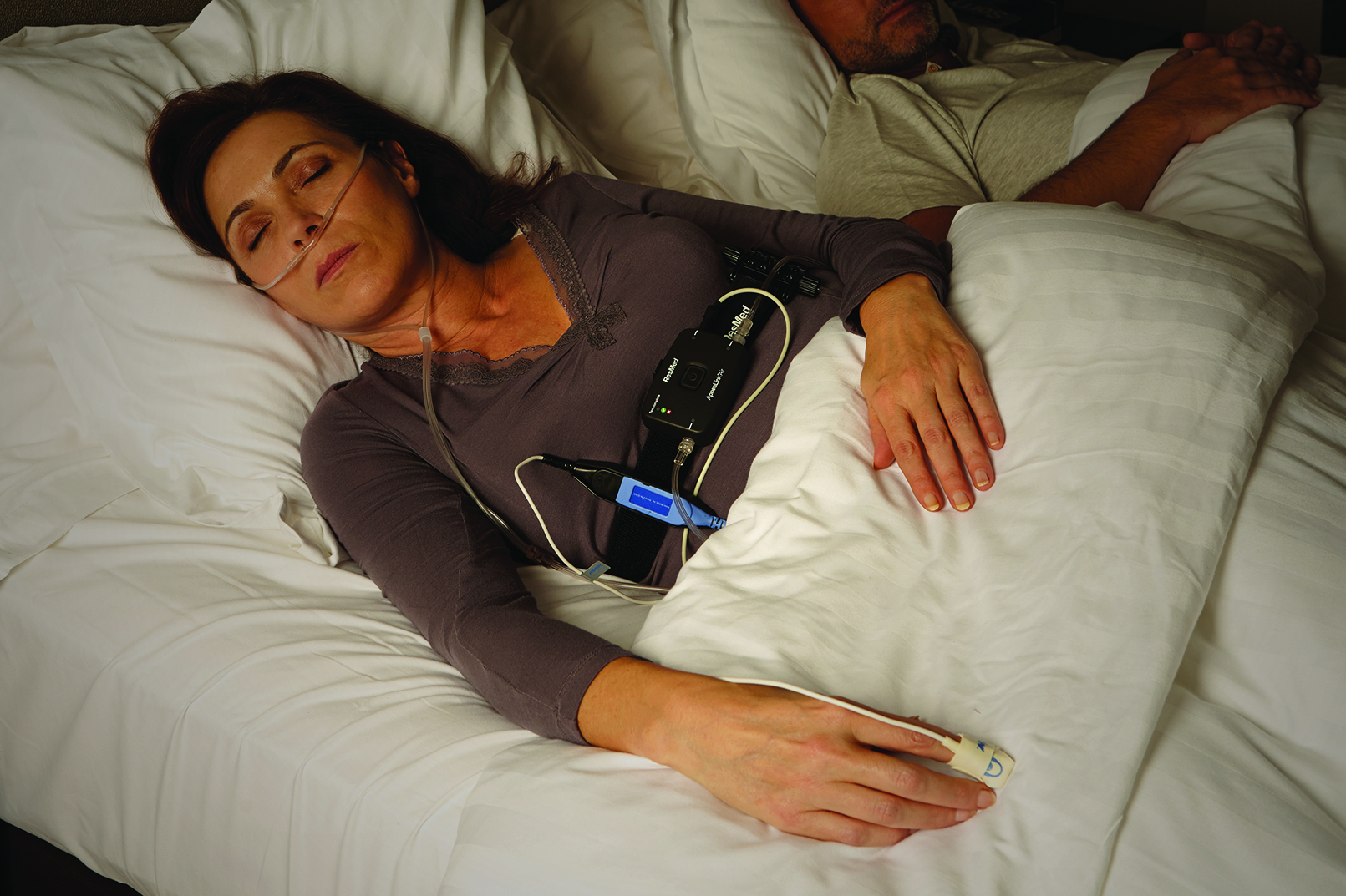
This study helps rule out other sleep disorders such as restless legs syndrome or narcolepsy.įor moderate to severe cases, your doctor may recommend devices or treatments - or even surgery to help open the airway.Ĭommon therapies include continuous positive airway pressure (CPAP), in which a machine delivers constant air pressure through a mask into the nose or mouth, or a mouthpiece that is designed to keep a person’s throat open. Using a test called polysomnography, your doctor can monitor your heart, lung and brain activity and other movements while you sleep. Your doctor can evaluate your symptoms, but you may need a sleep specialist to conduct testing, such as overnight monitoring of your breathing, to diagnose your condition and determine its severity. Irritability or trouble paying attention while awake.Difficulty sleeping or excessive sleepiness.There also may be an increased risk for people with a family history of sleep apnea, smokers or drinkers.Īside from loud snoring and sudden stopped breathing or gasping for air during sleep (observed by someone else, obviously), symptoms may seem similar to those of any sleep disorder: Men are more likely to have sleep apnea than women, and it occurs significantly more often in older adults.

Similarly, people with thicker necks, narrow throats or enlarged tonsils or adenoids may also be at risk. People who are overweight are especially at risk for OSA because fat deposits around the upper airway can cause the airway’s muscles to lose tone over time, leading to obstructed breathing. It’s also associated with obesity, and experts say it can be part of a vicious cycle in which the sleep deprivation it causes can lead to even more obesity, which in turn makes the condition worse. It also can increase the risk of type 2 diabetes, liver problems and metabolic syndrome. When the air flow stops, the body releases stress hormones, which over time can lead to heart disease - the leading cause of death in the United States - stroke and high blood pressure. Each time the airway closes during sleep, there is a pause in breathing it can happen five to 30 times an hour or more, causing the sleeper to wake up suddenly, gasping for air. CSA has been associated with brain stem stroke.įor people with OSA, it becomes difficult to keep the upper airway open during sleep because weight overpowers the muscles that hold it open. A less-common type, central sleep apnea (CSA), occurs when the brain fails to send regular signals to the diaphragm to contract and expand. The most common type is obstructive sleep apnea (OSA), in which weight on the upper chest and neck contributes to blocking the flow of air. One in five adults suffers from at least mild sleep apnea it afflicts more men than women. Not everyone who snores has sleep apnea, but many who have sleep apnea do snore regularly - and loudly.

Sleep apnea is a disorder in which a person’s breathing repeatedly starts and stops during sleep. Snoring is that annoying sound that occurs when air passes relaxed tissues in your throat as you sleep.

Isn’t sleep apnea just a fancy name for snoring?

If you’ve ever awakened yourself with a sudden snore - or if your partner nudges you awake to get you to turn over - it’s possible you could be affected by sleep apnea, which is associated with high blood pressure, arrhythmia, stroke and heart failure. But more than being just an annoyance, snoring may bring about life-threatening consequences. Snoring can keep you awake, ruin your sleep cycle and your daily rhythm, even harm your relationships.


 0 kommentar(er)
0 kommentar(er)
